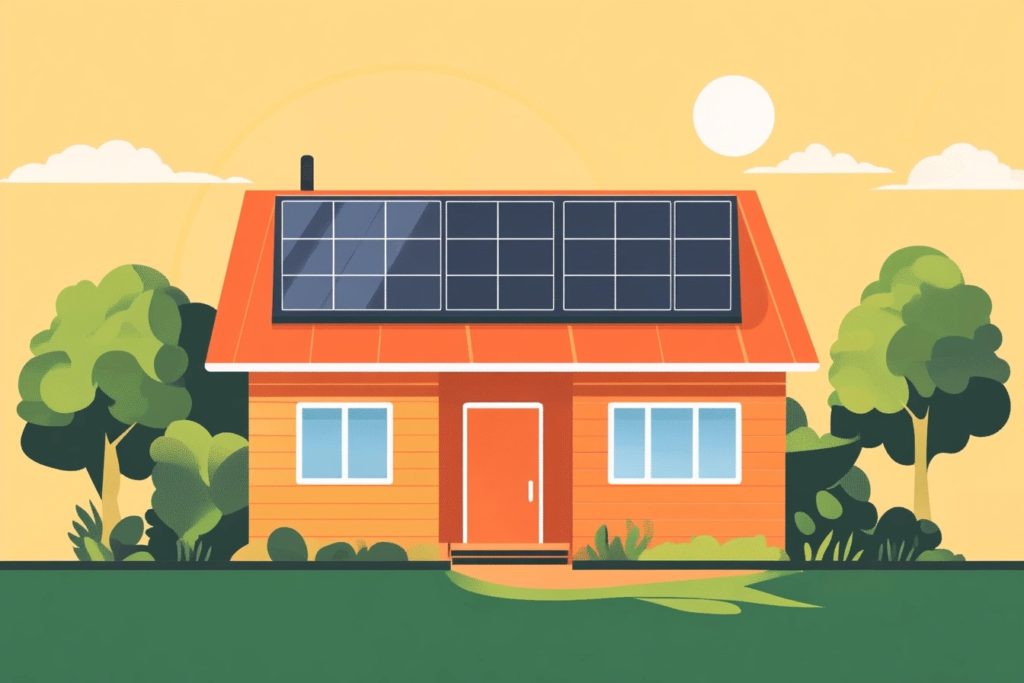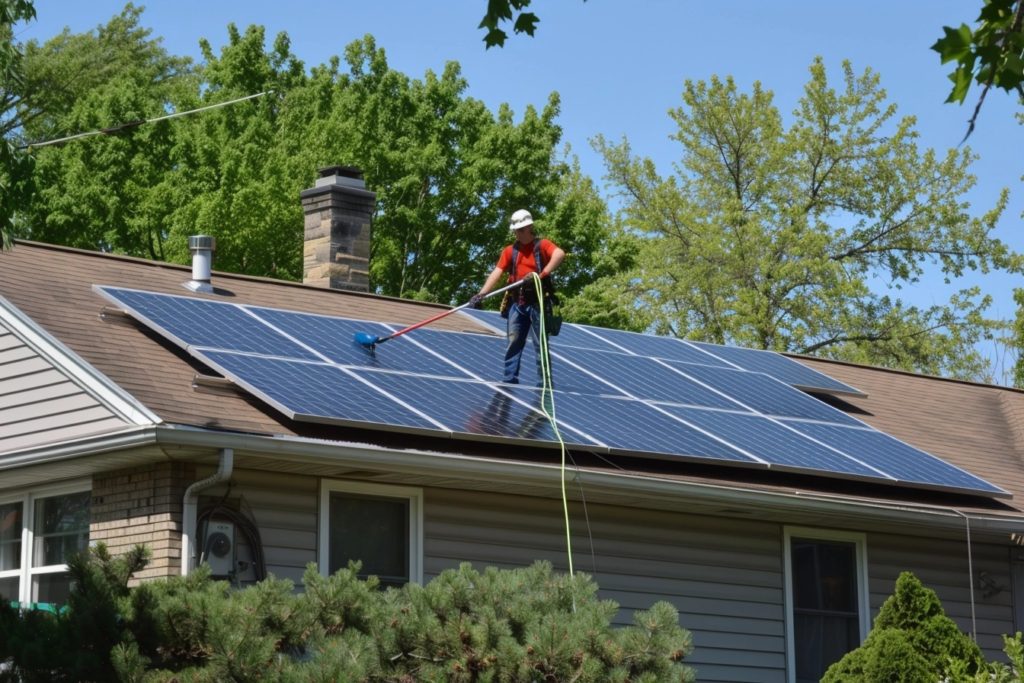
Residential solar power has been gaining traction across the United States as more homeowners seek to reduce energy costs and embrace renewable energy. However, the adoption of solar energy varies significantly from state to state. Here’s a countdown from 50 to 1, with 1 being the state with the most residential solar installations in 2024.
50. North Dakota
49. West Virginia
48. South Dakota
47. Montana
46. Nebraska
45. Wyoming
44. Alaska
43. Idaho
42. Mississippi
41. Alabama
40. Kentucky
39. Arkansas
38. Louisiana
37. Missouri
36. Indiana
35. Kansas
34. Ohio
33. Tennessee
32. Iowa
31. Michigan
30. Oklahoma
29. Minnesota
28. Wisconsin
27. Pennsylvania
26. Illinois
25. Virginia
24. South Carolina
23. Nevada
22. Oregon
21. Washington
20. New York
19. Maryland
18. Connecticut
17. Georgia
16. Massachusetts
15. Colorado
14. New Jersey
13. Texas
12. Arizona
11. North Carolina
10. Utah
9. Rhode Island
8. Vermont
7. Florida
6. Hawaii
5. Delaware
4. Nevada
3. New Mexico
2. California
1. Texas
Why Do Some States Lead in Solar Adoption?
Several factors contribute to why certain states rank higher in residential solar adoption:
Sunlight Availability: States like California, Texas, and Florida naturally have more sunlight, making solar energy more viable and attractive. The high solar irradiance ensures that solar panels operate at their full potential.
Incentive Programs: States that rank high typically offer robust incentive programs that make solar installation more affordable. For instance, New Jersey’s Successor Solar Incentive (SuSI) program provides substantial financial incentives, including payouts for generated solar energy. Similarly, Massachusetts has a strong Solar Renewable Energy Credit (SREC) market that incentivizes solar production.
Net Metering: States with favorable net metering policies, like California and New York, allow homeowners to sell excess electricity back to the grid at favorable rates, making solar installations financially beneficial.
High Electricity Rates: In states like Hawaii and Connecticut, the high cost of electricity makes solar power an economically attractive alternative, leading to quicker payback periods for solar installations.
State Policies and Renewable Energy Goals: Many leading states have aggressive renewable energy mandates or goals. California, for instance, has set ambitious targets for renewable energy, which has spurred widespread adoption of solar power.
Economic Incentives: Many states provide grants, rebates, and tax incentives that reduce the upfront costs of solar installations. This financial support is crucial for many homeowners who might otherwise find the initial investment too steep.
Conclusion
The variation in solar adoption across the United States is largely driven by a combination of natural, economic, and policy factors. States with abundant sunshine, strong policy support, and high electricity costs tend to see the highest adoption rates. As more states introduce favorable policies and as the cost of solar continues to fall, we can expect these rankings to evolve, with more states moving up the list.




